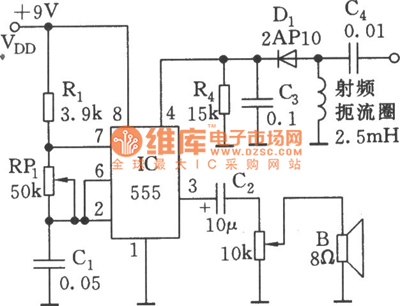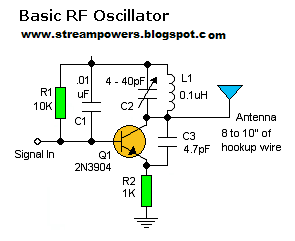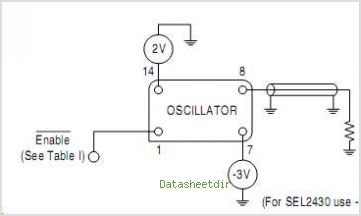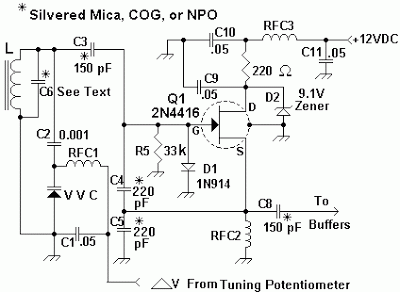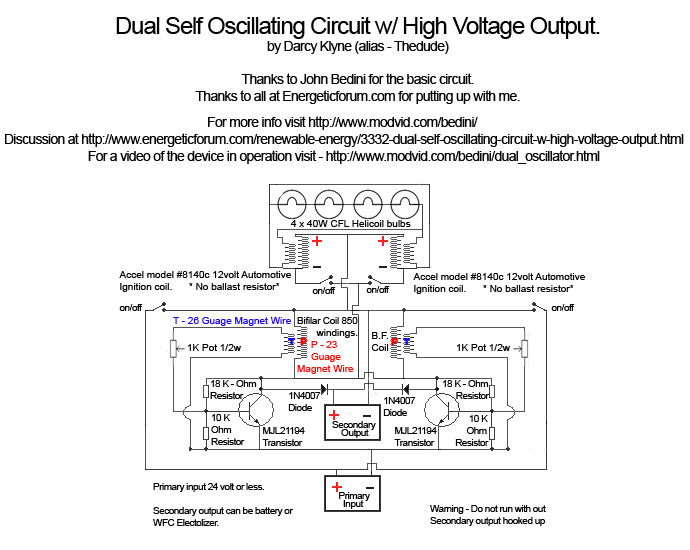
Hartley Oscillator
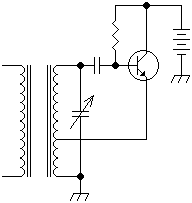
I am attempting to construct a Hartley oscillator using a bypassed common emitter configuration. The goal is to achieve oscillation at a frequency of 200 kHz with a peak-to-peak voltage of 2 V, utilizing a BC547B transistor.
The Hartley oscillator is a type of LC oscillator that generates sinusoidal waveforms. It typically consists of an amplifier stage, which in this case is the bypassed common emitter configuration, and a feedback network formed by two inductors and a capacitor. The frequency of oscillation is determined by the values of these reactive components.
In this setup, the BC547B transistor serves as the active device. The common emitter configuration provides the necessary gain and phase shift for oscillation. The bypass capacitor is used to enhance the AC performance of the transistor by providing a low impedance path for the AC signals while maintaining DC biasing.
To achieve a frequency of 200 kHz, the values of the inductors (L1 and L2) and the capacitor (C) must be carefully selected. The frequency of oscillation (f) in a Hartley oscillator can be approximated using the formula:
f = 1 / (2π√(L_total * C))
where L_total is the total inductance, which is the sum of the two inductors in series. For a target frequency of 200 kHz, suitable values for L and C must be calculated, ensuring that the peak-to-peak output voltage reaches the desired 2 V.
The circuit should also include biasing resistors to set the operating point of the transistor, ensuring it remains in the active region during oscillation. Additionally, a coupling capacitor may be employed at the output to block any DC component, allowing only the AC oscillation to be observed.
It is essential to simulate the circuit using electronic design automation software to verify the performance before physically constructing the oscillator. This simulation can help identify any potential issues with component values or stability, enabling adjustments to be made to achieve the desired oscillation characteristics.hi Im trying to construct a Hartley Oscillator. I am using a bypassed common emiter and i am trying to get a 200kHz 2Vp-p oscilation. With a BC547B.. 🔗 External reference
The Hartley oscillator is a type of LC oscillator that generates sinusoidal waveforms. It typically consists of an amplifier stage, which in this case is the bypassed common emitter configuration, and a feedback network formed by two inductors and a capacitor. The frequency of oscillation is determined by the values of these reactive components.
In this setup, the BC547B transistor serves as the active device. The common emitter configuration provides the necessary gain and phase shift for oscillation. The bypass capacitor is used to enhance the AC performance of the transistor by providing a low impedance path for the AC signals while maintaining DC biasing.
To achieve a frequency of 200 kHz, the values of the inductors (L1 and L2) and the capacitor (C) must be carefully selected. The frequency of oscillation (f) in a Hartley oscillator can be approximated using the formula:
f = 1 / (2π√(L_total * C))
where L_total is the total inductance, which is the sum of the two inductors in series. For a target frequency of 200 kHz, suitable values for L and C must be calculated, ensuring that the peak-to-peak output voltage reaches the desired 2 V.
The circuit should also include biasing resistors to set the operating point of the transistor, ensuring it remains in the active region during oscillation. Additionally, a coupling capacitor may be employed at the output to block any DC component, allowing only the AC oscillation to be observed.
It is essential to simulate the circuit using electronic design automation software to verify the performance before physically constructing the oscillator. This simulation can help identify any potential issues with component values or stability, enabling adjustments to be made to achieve the desired oscillation characteristics.hi Im trying to construct a Hartley Oscillator. I am using a bypassed common emiter and i am trying to get a 200kHz 2Vp-p oscilation. With a BC547B.. 🔗 External reference

